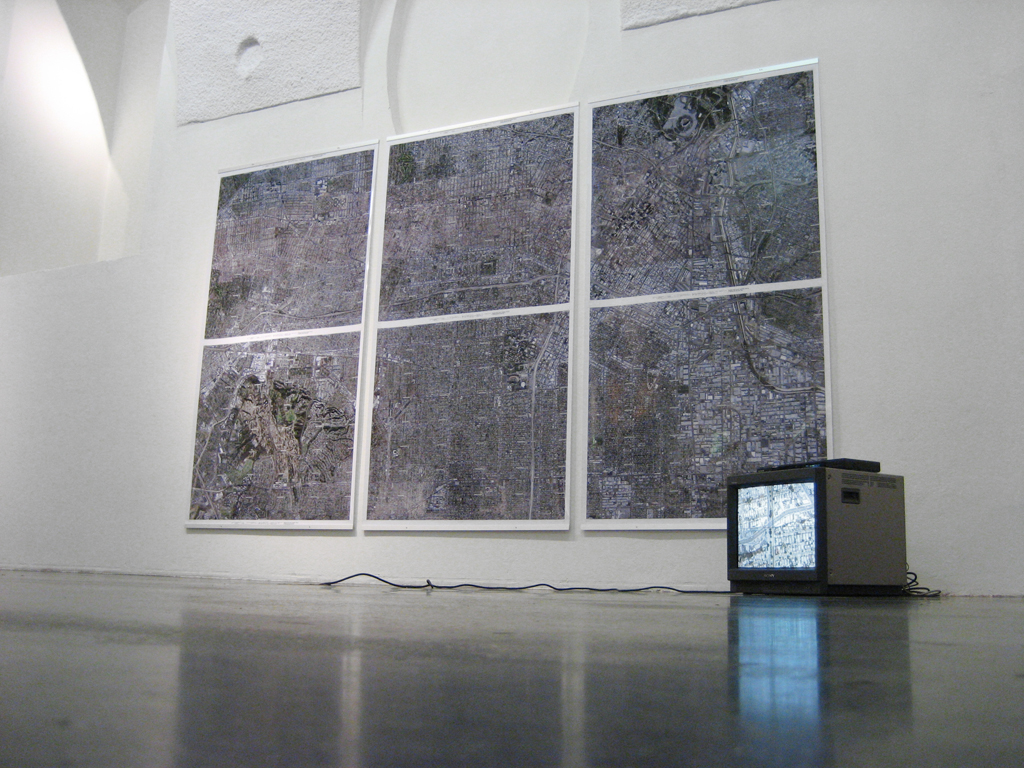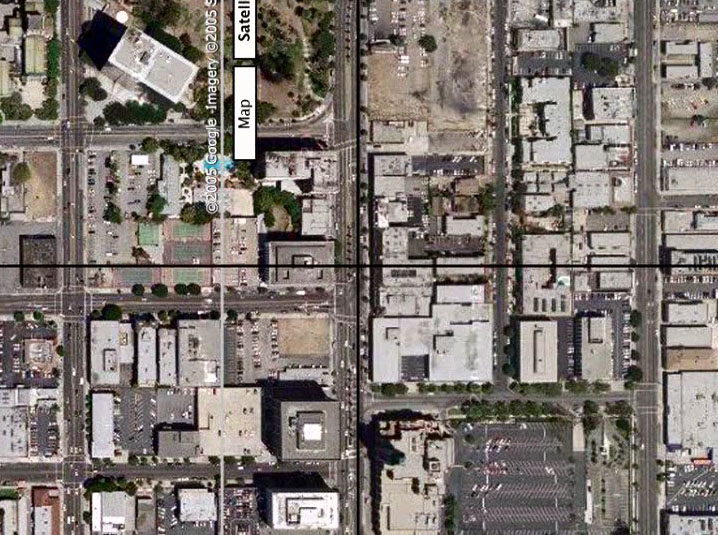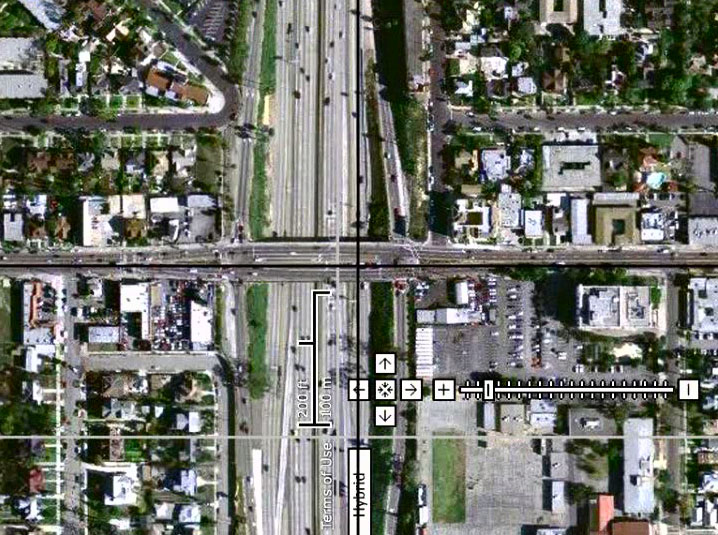Cruising Around
Part 2 of the two-pieces video installation Perceiving L.A. Within 109 Days
Part 1: 240 Screenshots (6 digital prints, diasec, à 112 x 102 cm, 2006)
Part 2: Cruising Around (2006, PAL 4:3, colour, stereo, 20:30 min, off-voice: Daniel R. Gould)

© Exhibition view: Feine.Radikale, Freiraum Museumsquartier, Vienna, 2006
=werk=18=f27




© Video stills